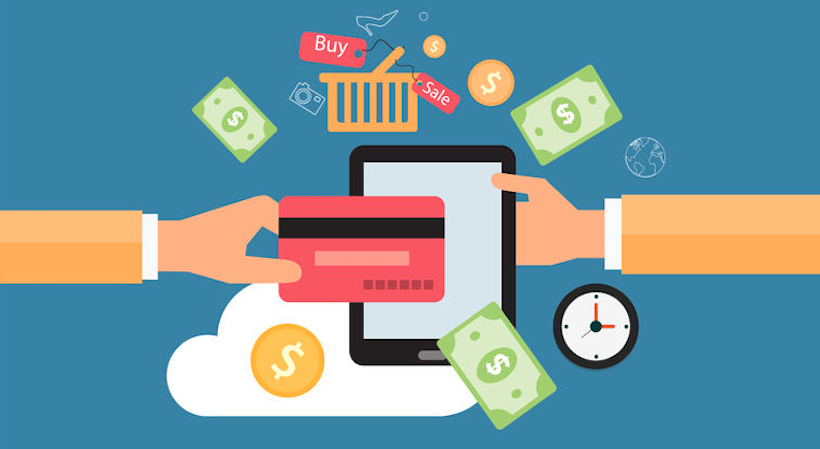According to Forrester Research, the size of online retail sales will be $370 billion by the end of 2017. Moreover, 23 percent will come from dropshipping businesses, which translates to $85.1 billion. This sheer size alone is attractive to many entrepreneurs, including startups.
By appearance, an online retailer that adopts this model looks identical to its conventional e-commerce competitors. Since customers only care about the product, the price and the reputation of the store, rather than how the products are sourced and who fulfill the shipments, dropshipping can be a well-kept secret in the e-commerce world.
Sponsored: Visit our Dell partner page for discounts and exclusive offers
In a nutshell, “dropshipping” is a business model where the retailer doesn’t actually keep the inventory in his or her possession nor process the orders. All orders are fulfilled and shipped directly from a wholesaler. This allows the retailer to focus on the marketing side of the business.
Many big names in e-commerce started out with dropshipping, such as Amazon and Zappos. Today, billion-dollar dropshipping online retailer Wayfair and the million-dollar Blinds.com are top case studies for those who need inspiration.
Below are five reasons why the dropshipping business model is appealing to both startups and seasoned entrepreneurs. These issues have been nagging problems in conventional e-commerce, which can be solved immediately with the dropshipping model.
1. Product sourcing
Conventional e-commerce stores must source products directly from wholesalers, which are often in different countries. They also require items to be ordered in bulk, which are then delivered to the local warehouse prior to being promoted and sold. The entire process requires a lot of time, money and resources. It often includes the involvement of costly intermediaries, such as banks, cargo shipments and export-import agents.
However, the dropshipping model allows retailers to sell products without having to worry about sourcing for large quantities of each item. With a turn-key e-commerce storefront like Shopify and a dropshipping app like Oberlo, the whole process is streamlined considerably. The retailer can choose to contact the wholesalers by e-mail to notify them that their products are now being carried at the store. The rest of the process, such as importing product photos, changing prices and order tracking, can be easily done from the dashboard.
Related: Create a Profitable Dropship E-Commerce Store in 6 Steps
2. Storage
A conventional e-commerce store requires large storage spaces, especially when it carries numerous or large items. Storing ten to 100 items might be imaginable, but storing 1,000 to 1,000,000 items can cost a real fortune, which is not within a startup’s budget. The dropshipping model solves this high warehouse rent problem, as the products stay with the manufacturer or wholesale supplier until they’re purchased.
3. Order fulfillment
Most e-commerce founders don’t expect to spend most of their time picking, packing and shipping orders. Of course, they can outsource their order fulfillment to Amazon FBA or a boutique e-commerce fulfillment, like ShipMonk, for convenience. However, the dropshipping model allows a hands-free fulfillment as the whole process of packing and shipping lies in the hands of the wholesaler or manufacturer.
4. Cataloging and photography
A conventional e-commerce store owner needs to take professional-quality photos of products, which includes a good digital camera, a light box, lighting and more, which can be quite costly. This problem is solved with a dropshipping management app, as the “product importing” feature allows for instant photo import.
Sign Up: Receive the StartupNation newsletter!
5. Scalability
Wayfair.com is a giant dropshipping online retailer, which carries more than eight million products from 10,000 suppliers. Yes, eight million! Such massive scalability is made possible by this business model.
Since the retailer only needs to focus on the marketing and customer service sides, they don’t need to worry about the skyrocketing warehouse rental and other overhead costs.
In conclusion, the dropshipping model provides small startups with limited resources the opportunity to confidently compete with medium and large-sized online retailers, thus making the e-commerce world an equal playground for all. This being said, expect to see more e-commerce stores adopting this model in the future.






